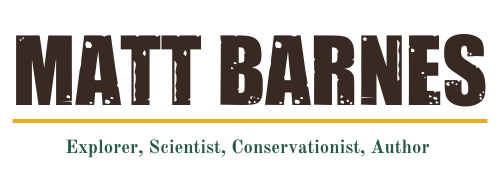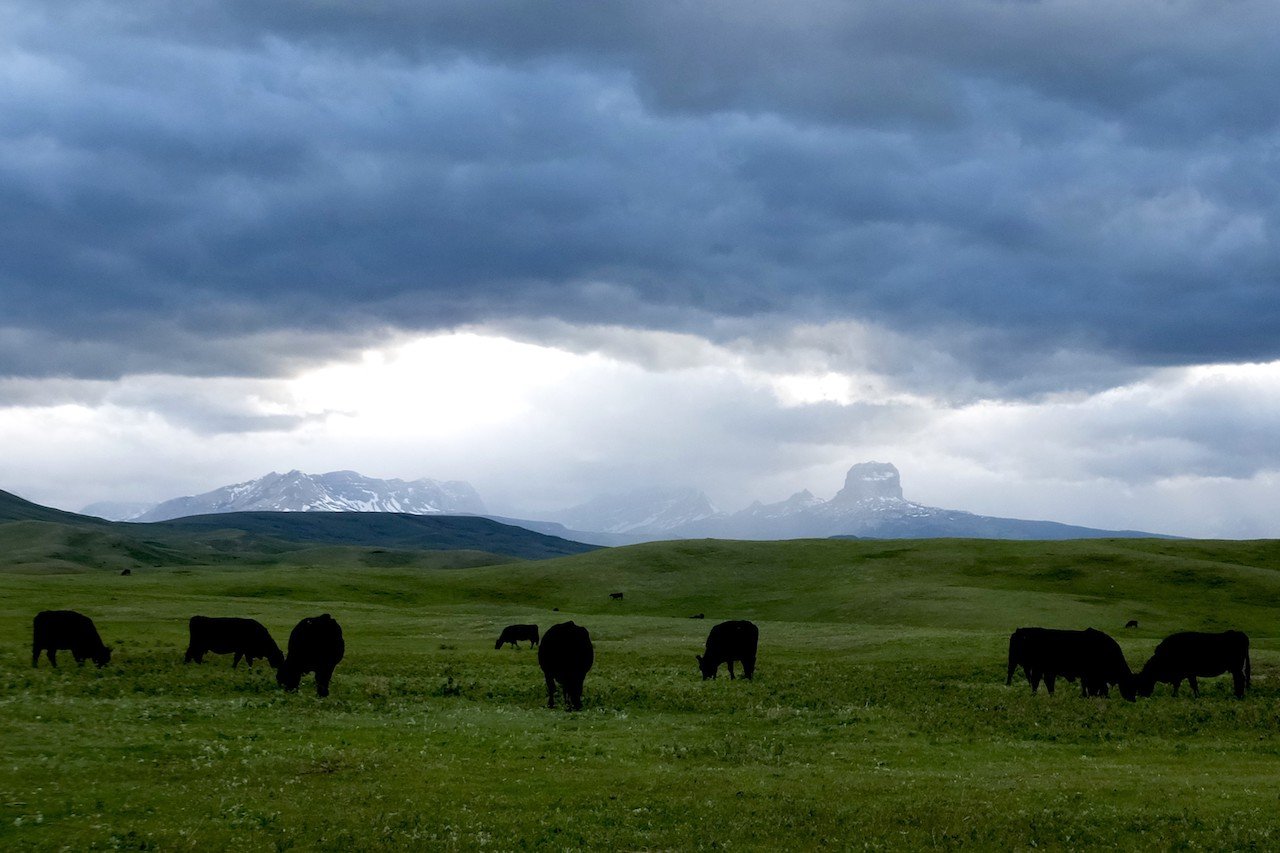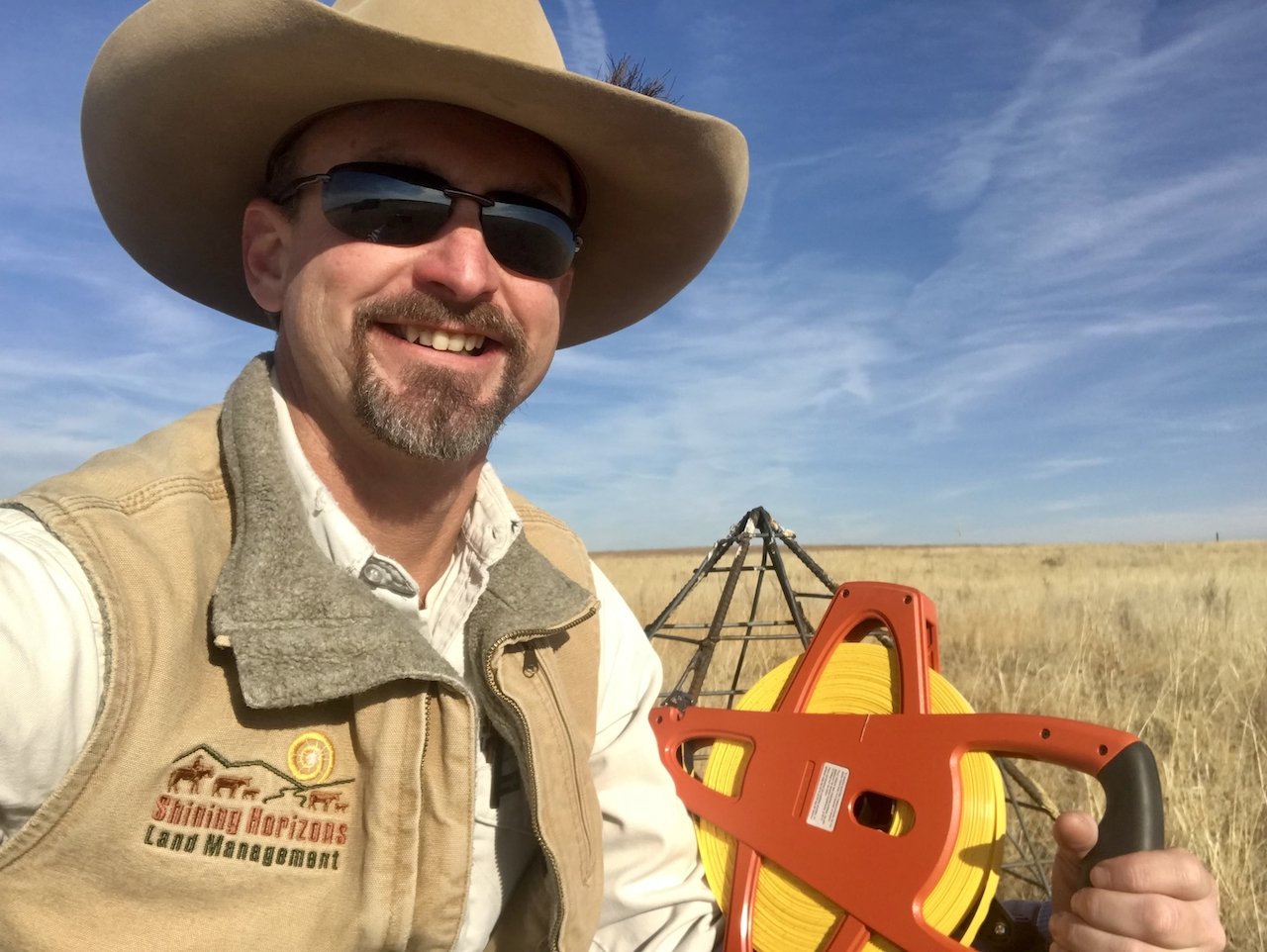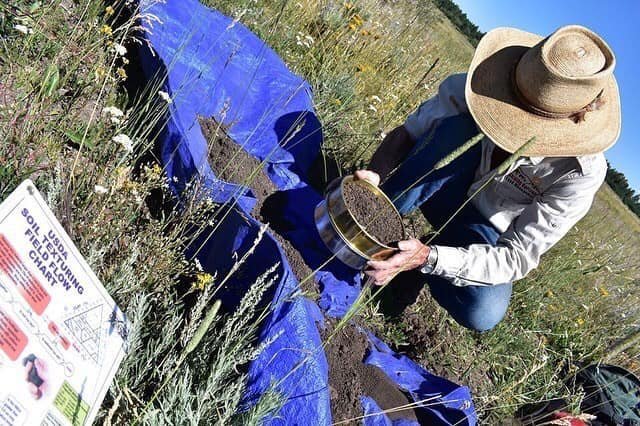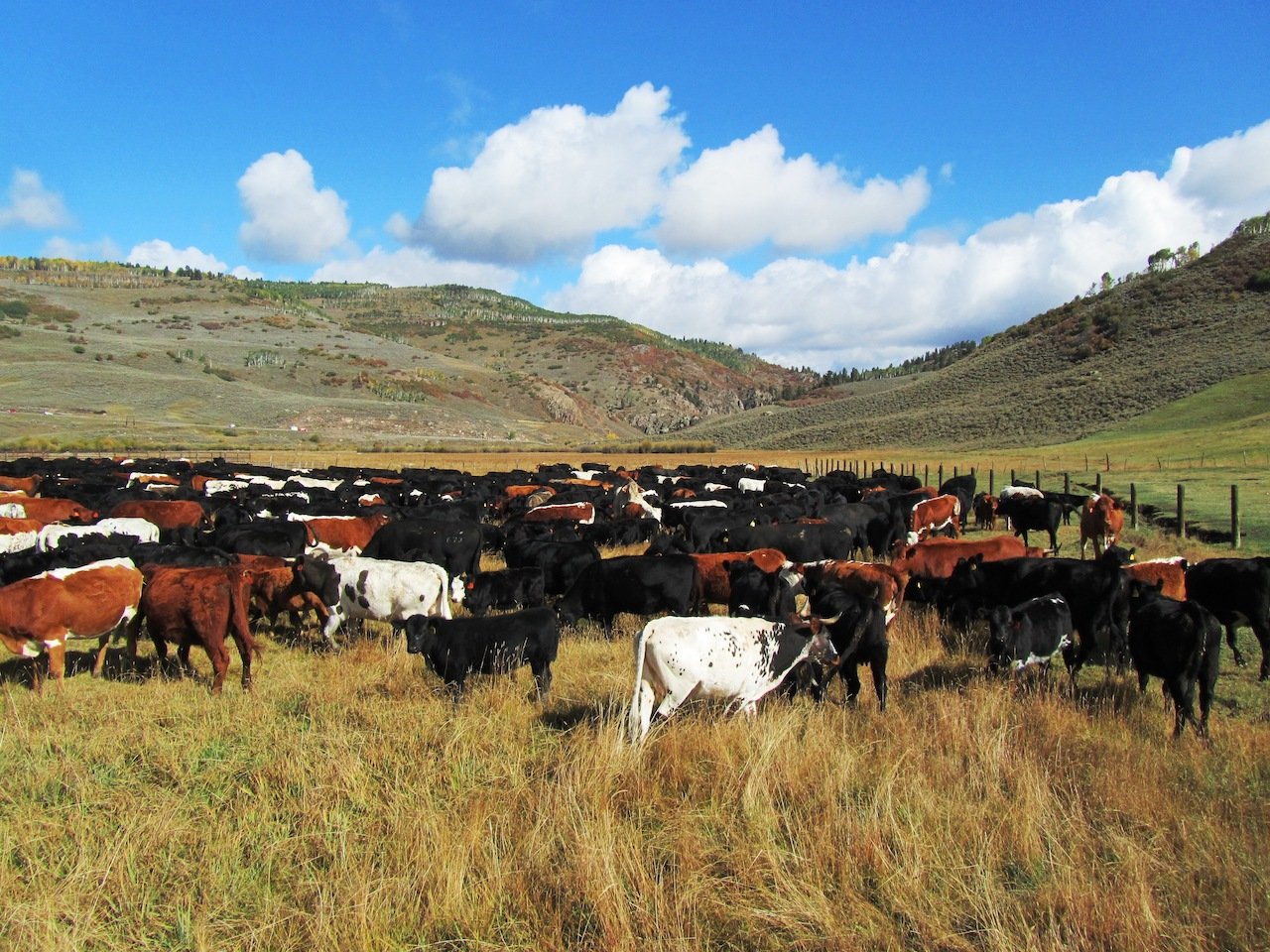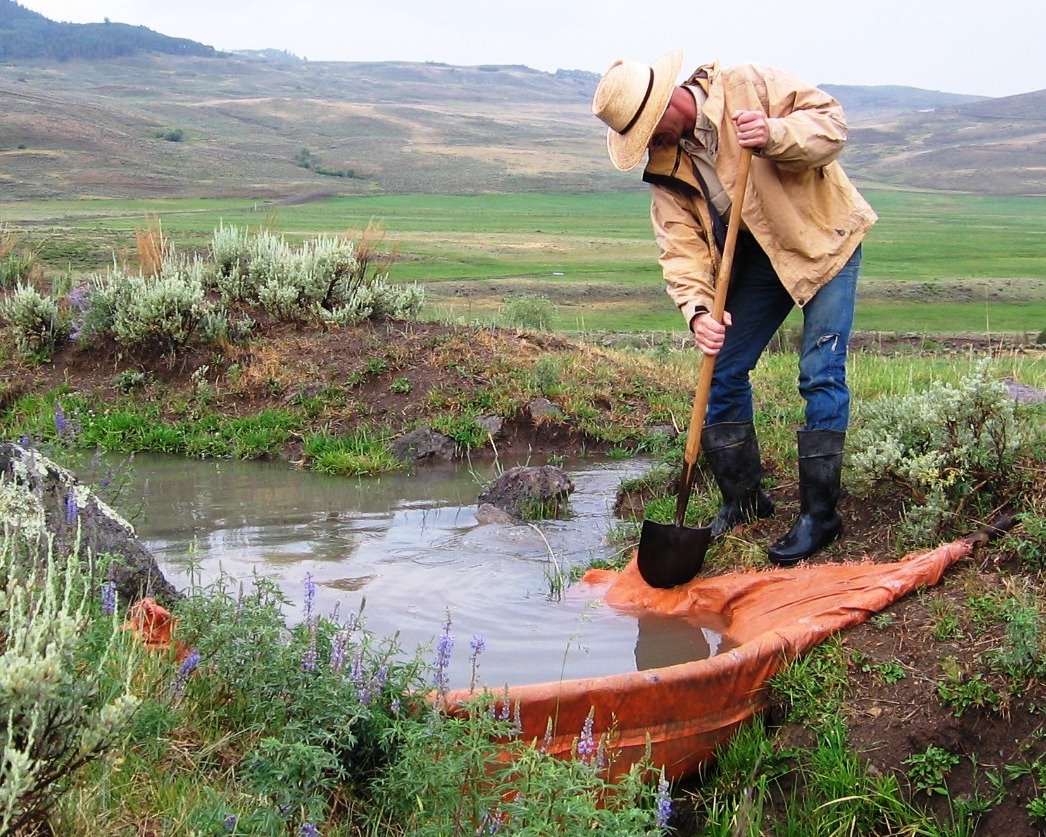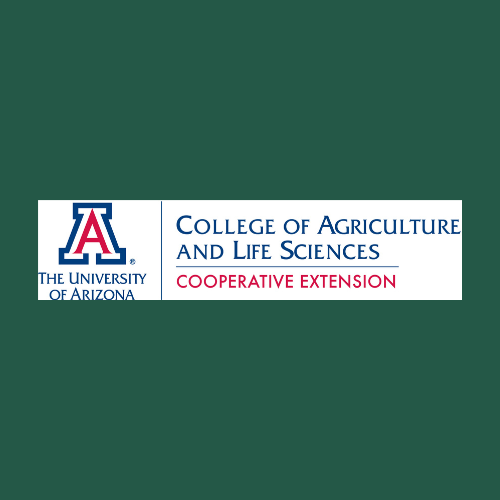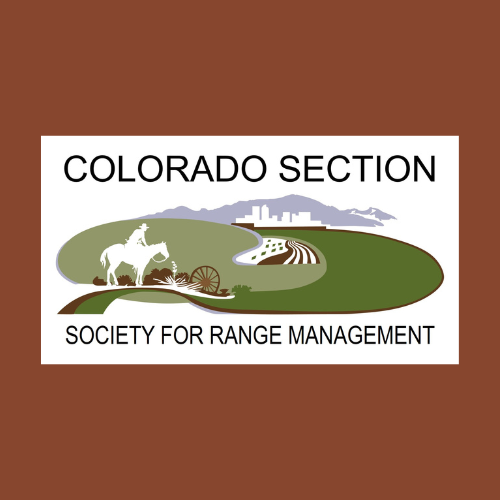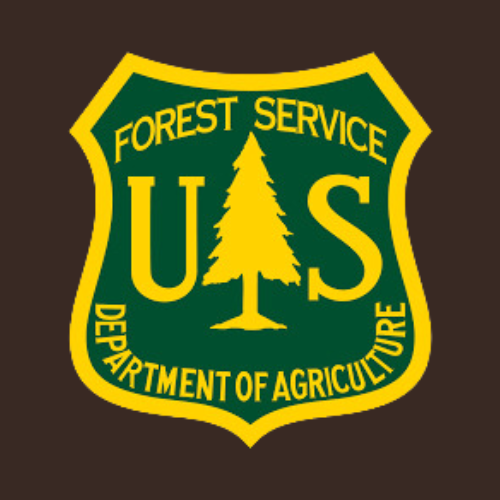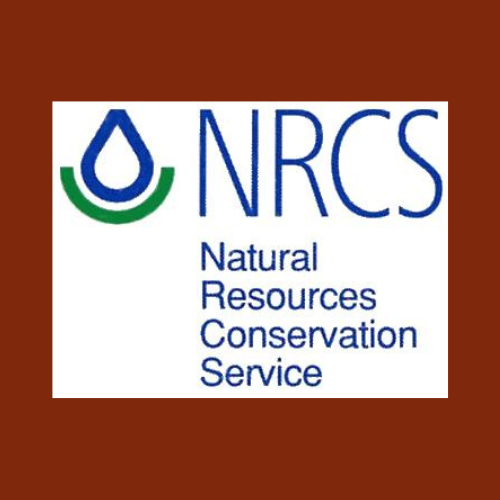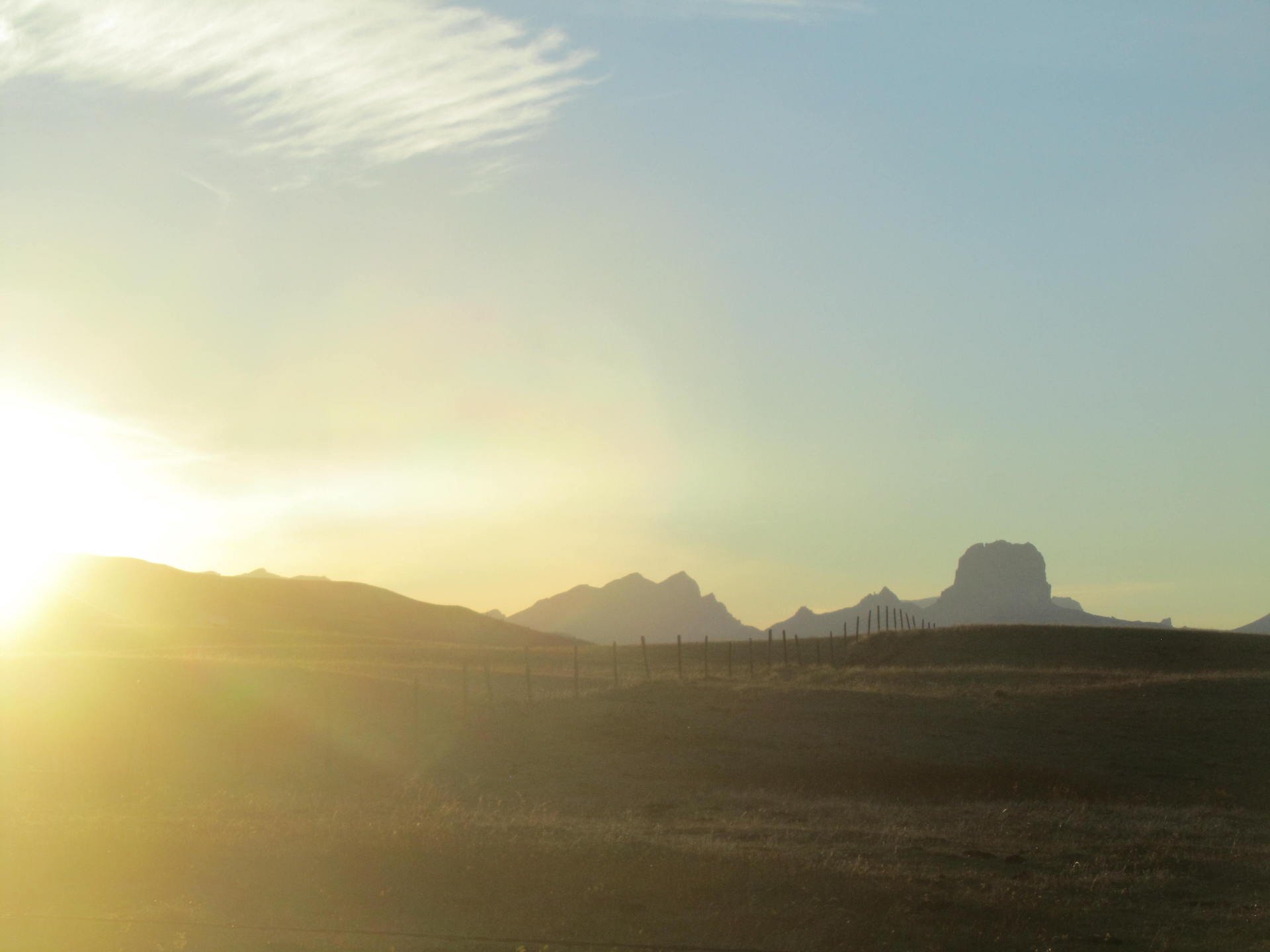
Rangeland management and applied science for resilience in a working West
-
I work with ranchers, agencies, and other land managers to improve land health and resilience through collaborative conservation and creative, adaptive management. That includes planning, implementation, and monitoring.
The land’s health is it’s soil, water cycle, and life, including diversity and productivity. By resilience, I mean the capacity of your land to recover from stress or disturbance while retaining its essential structure and function. That’s like the proverbial grass bending with the wind (resilient), distinguished from the tree standing strong (resistant) until it breaks (neither resistant nor resilient). But it’s more than that, and it’s more profound than mere stability or sustainability, which is probably a fancy word for the human desire for things to stay the same despite the reality that the only constant is change. When we figure out how to actually improve land health and increase resilience, we’re being regenerative.
End of the rainbow: corral, Howell Ranch, Colorado
-
Much of my work has been dedicated to conservation ranching, building resilience on working landscapes. I work with landowners and managers who are building regenerative land and livestock businesses to improve their grazing management. The ranchers I've worked with the most are systems thinkers, and practitioners of Holistic Management or similar approaches to creative, adaptive management--including low-stress livestock handling, as well as raising and marketing grass-fed, grass-finished beef. Many of them see themselves as part of the new agrarianism, a modern back-to-the-land movement, and so do I. My own experience in ranch management really began as an intern at San Juan Ranch, and then a few years as a ranch manager at the Howell Ranch, both in Colorado; since then I've worked as a combination of rangeland conservationist, applied scientist, and consultant.
Cattle, Chief Mountain, Blackfeet Indian Reservation, Montana
-
This business began when I left a perfectly good job as a rangeland management specialist and certified conservation planner in the Natural Resources Conservation Service for the opportunity to manage a ranch. Not just any ranch, but a beautiful place in western Colorado belonging to Jim and Daniela Howell, practitioners of Holistic Management who were founding the Savory Institute and Grasslands LLC, and too busy to keep running the place themselves. When I knocked on the cabin door, Jim and I realized that we wore the same dang cowboy hat. I was going to cowboy in the mountains. And I could learn some real cowboy skills in the process, the kind of thing I didn’t learn growing up or in college.
But it was also an applied science project. I had done my Master’s thesis on grazing management, the longstanding debate over the effectiveness of rotational grazing, and how that could be partly resolved by seeing grazing management as a way to control not just the time and timing of grazing, but its spatial distribution. I had already shown that to be a real benefit of well-planned grazing in a research experiment with small pastures, but here was a way to see if I could do it on a real-world ranch. And Jim already seemed to be doing it, so my prospects looked pretty good. After riding the high country for three summers, stringing electric fence and moving cattle around, and continuing the monitoring program that Jim had started when he first took over the ranch and started changing the grazing management, we had data to show that planned grazing, by changing the distribution of cattle on the landscape, had increased the carrying capacity and improved land health.
Moving cattle, Howell Ranch, Colorado | Photo Credit: Jim Howell
-
Do you really know how your land is doing? Do you know how many livestock you could have, for how long (and how that might change with management)? You probably know the saying: You can’t manage what you don’t measure.
I’ve measured the evening-out of grazing distribution in rotationally grazed experimental pastures, increasing ground cover and diversity with planned grazing on the Howell Ranch, and even animal impact and grass production. I’ve set up monitoring points for ranches enrolling in conservation programs.
Rangeland health assessment is a qualitative assessment of soil stability, hydrologic function, and biotic integrity. Even though these assessments are qualitative, they need a trained professional. But they work best when done collaboratively, and they’re a good way to train your eye to see the land.
Recently, for example, I collaborated with Colorado State University, the US Forest Service, and a group of ranchers with grazing allotments on the San Juan National Forest to assess the effects of livestock grazing.
Rangeland monitoring: line-point transect and utilization cage, private ranch, Colorado
Flood irrigating a mountain meadow, Howell Ranch, Colorado
Cattle at high stock density in planned grazing, Howell Ranch, Colorado
Herding cattle, Sieben Live Stock – Dog Creek, Montana | Photo credit: Whit Hibbard
Elk, Howell Ranch, Colorado
Grass-fed cattle, grazing to improve land health, San Juan Ranch, Colorado
Grass-fed cattle, riparian pasture, Kelly Creek, Montana
Rangeland monitoring, San Juan National Forest, Colorado
Texturing soil while rangeland monitoring, San Juan National Forest, Colorado
Outfits I’ve partnered with:
Partner with me

Browse publications, presentations, podcasts, and more
-
Strategic grazing management
Planned, adaptive multiple-pasture grazing management
-
Stockmanship for rangelands
Applications of low-stress livestock handling
-
Working wildlands
Conservation ranching and grass-fed livestock
